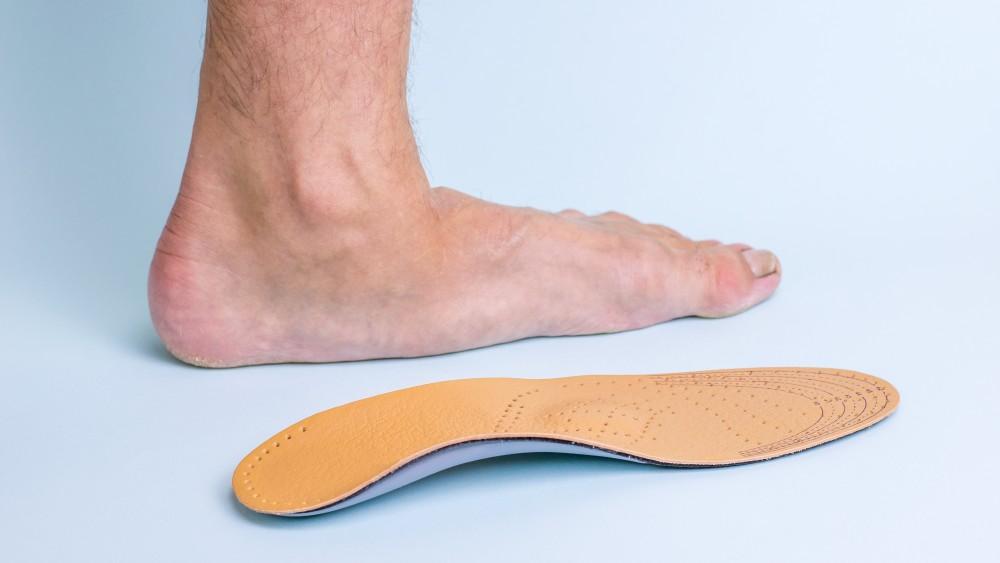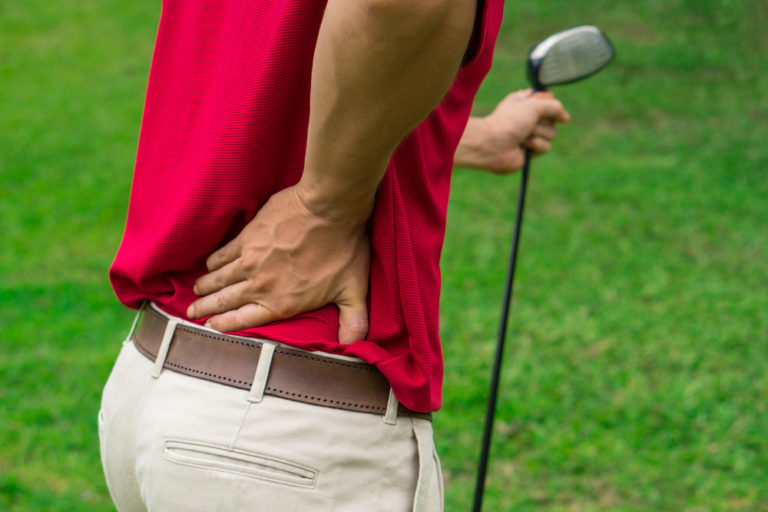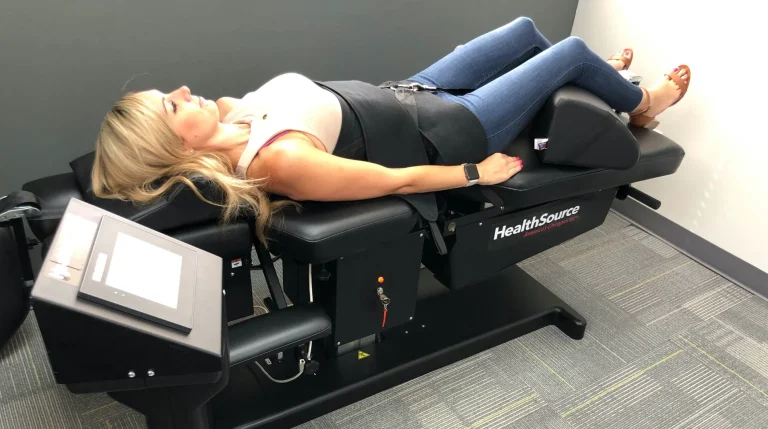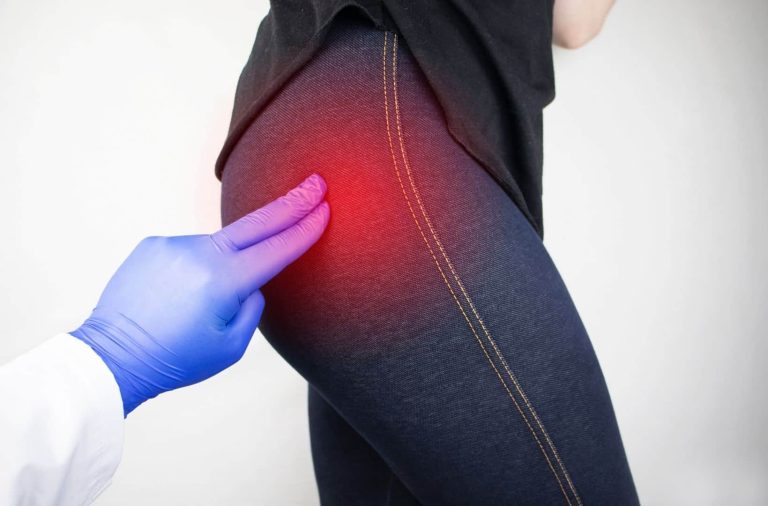Can Flat Feet Cause Sciatica Pain
Introduction
Sciatica pain, characterized by a shooting pain that travels down the sciatic nerve, is a common ailment that affects millions of people worldwide. While several factors can contribute to the development of sciatica, one intriguing question that often arises is can flat feet cause sciatica pain. In this comprehensive exploration, we delve into the intricate relationship between flat feet and sciatica pain, examining the biomechanics, potential causes, and ways to manage this discomfort.
Understanding Flat Feet
Flat feet are characterized by collapsed arches, which can affect weight distribution and change the biomechanics of the foot. The arch of the foot acts as a shock absorber and ensures proper weight distribution during activities such as walking and running.
Causes of Flat feet
- Genetics: Flat feet are hereditary and can be passed from generation to generation.
- Age: The natural aging process can weaken the tendons and ligaments in your feet.
- Injury: Trauma to the foot can change its structure and cause flat feet.
- Pregnancy: Hormonal changes and increased pressure on the feet during pregnancy can cause flat feet.
- Obesity: Excess weight can put stress on your feet and cause arch collapse.
- Neurological Disorders: Diseases such as muscular dystrophy and cerebral palsy can cause flat feet.
Symptoms of Flat Feet
- Pain and Discomfort: People with flat feet may experience pain on the inside of the ankle or arch of the foot, which can extend to the calf or lower back.
- Swelling: Swelling may occur on the inside of the ankle or along the arch.
- Tired or Sore Feet: Tired or sore feet may occur, especially after long periods of standing or walking.
- Footwear Issues: Due to changes in weight distribution, it can take time and effort to find comfortable footwear.
- Misaligned Feet: A lack of a visible arch can cause the feet to appear misaligned.
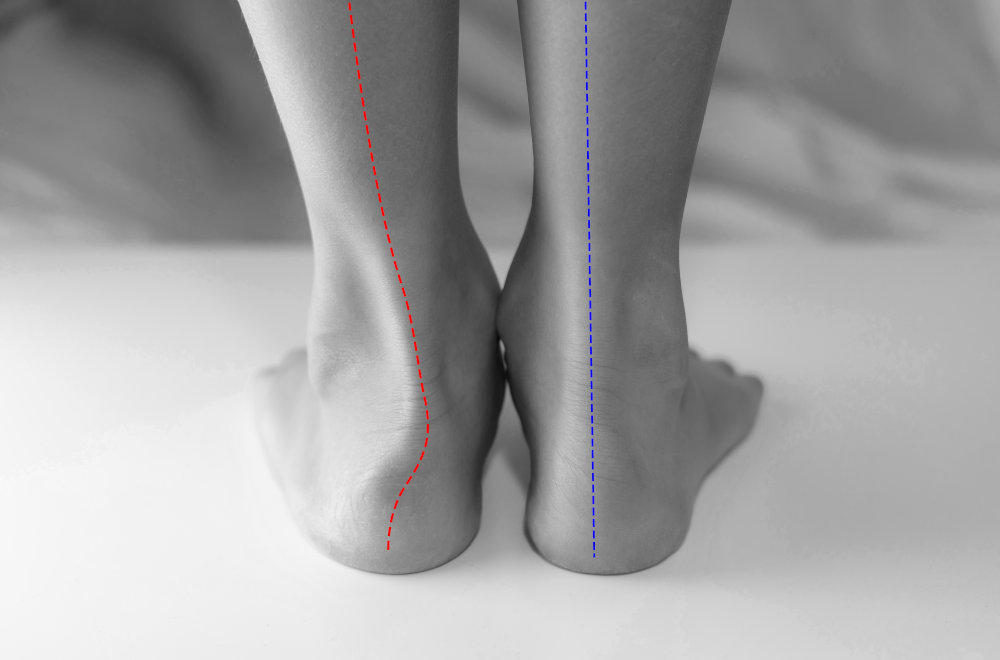
Foot Biomechanics
Foot biomechanics play an important role in understanding how flat feet contribute to sciatica pain. The arch acts as a shock absorber, ensuring correct weight distribution and minimizing stress on the lower leg. When these arches collapse, as in the case of flat feet, it can cause changes in the way you walk, overpronation, and misalignment of the spine, all of which are factors that can cause sciatica.
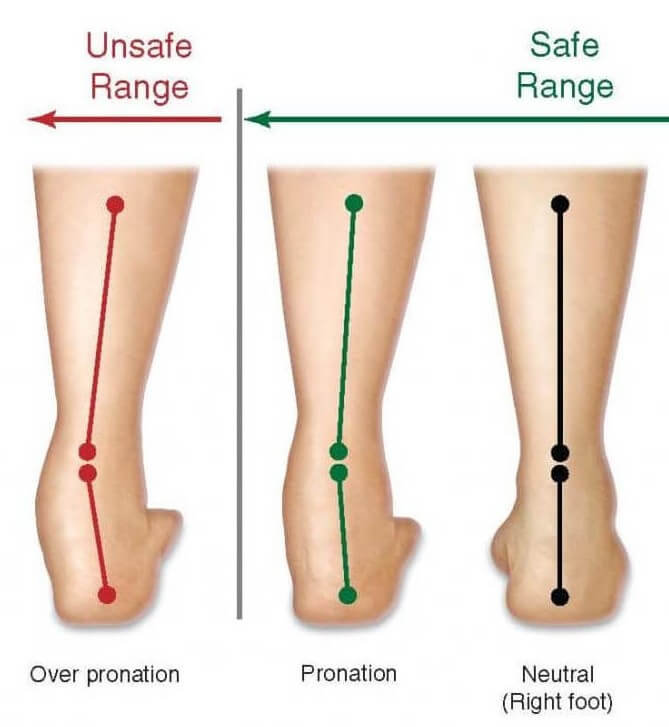
How Flat Feet Cause Sciatica Pain
- Changes in Gait Mechanics: People with flat feet have a gait pattern that can affect spinal alignment and increase pressure on the sciatic nerve.
- Overpronation: A flat foot is associated with overpronation, where the foot rotates inward excessively during walking. This can lead to uneven weight distribution and cause sciatica.
- Spinal Misalignment: The foundation of the body is the feet, and irregularities in that structure can create a domino effect that can cause spinal misalignment and sciatic nerve compression.
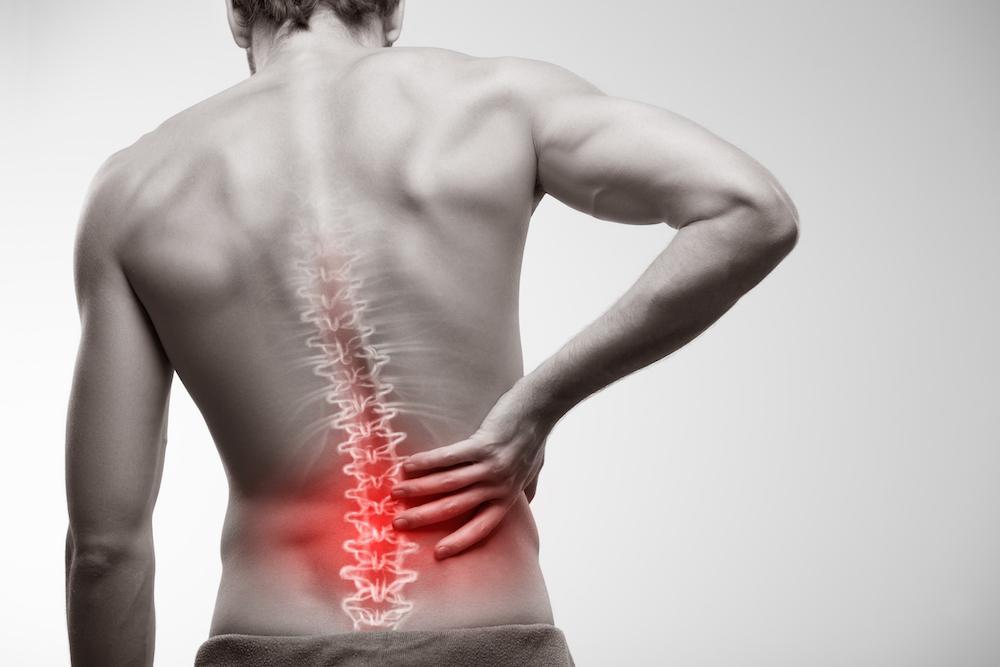
Spinal Misalignment leading to Sciatica
Scientific Research on Flat Feet and Sciatica
Although the association between flat feet and sciatica is the subject of ongoing research, several studies have examined the possible association.
A study published in the Journal of Orthopedic & Sports Physical Therapy found that people with flat feet have altered gait patterns, potentially increasing their risk of developing lower back pain, including sciatica.
Flat foot Tests
- Footprint Test: Wet your foot and step on a surface where footprints are visible. A flatter arch leaves a wider, fuller footprint.
- Measuring Arch Height: A podiatrist uses an instrument called a ruler or footboard to measure the height of the arch of the foot while standing and compares it to the height when sitting.
- Gait Analysis: Observing your gait while walking or running can help detect abnormalities related to flat feet.
- X-rays: X-rays provide a detailed view of the bones of the foot and help assess alignment and structure.
- MRI or CT scan: These imaging techniques allow visualization of soft tissues such as tendons and ligaments for a more comprehensive evaluation.
Functional Dropped Arch: Causes and Symptoms
Functional dropped arch, or adult-acquired flatfoot, develops in adulthood and is often associated with various factors:
- Posterior Tibial Tendon Dysfunction (PTTD): The most common cause, PTTD, results in the gradual weakening of the posterior tibial tendon, leading to a collapse of the arch.
- Aging, Obesity, and Arthritis: Factors like aging, obesity, and inflammatory arthritis can contribute to the development of a dropped arch by affecting the strength and elasticity of ligaments and tendons.
Symptoms of functional dropped arch include pain, tenderness, swelling, and visible changes in foot shape.
Treatment Strategies for Sciatica in People with Flat Feet
- Orthotic Insoles: Custom-made or commercially available orthotic insoles can provide additional arch support. These insoles help address the biomechanical issues associated with flat feet. These inserts promote proper alignment and reduce the impact on the sciatic nerve during exercise.
- Footwear: For people with flat feet, it is important to choose supportive footwear that provides adequate arch support. Shoes that stabilize the foot and distribute pressure evenly can help improve walking mechanics and reduce sciatica pain.
- Physical Therapy: Under the guidance of a physical therapist, targeted exercises can strengthen the muscles around your feet, ankles, and hips. The purpose of these exercises is to improve stability, correct gait disorders, and reduce sciatica symptoms.
- Stretching and Strengthening: Incorporating stretching exercises for the calf muscles, hamstrings, and lower back will improve flexibility and reduce tension on the sciatic nerve. Exercises that strengthen your core and lower extremities can also help improve your overall musculoskeletal health.
Conclusion
Although the relationship between flat feet and sciatica pain is unclear, there is evidence that biomechanical changes associated with flat feet may contribute to the development or worsening of sciatica. People with sciatica need to contact a medical professional, such as a podiatrist or orthopedist, for a comprehensive evaluation and individualized treatment plan.
Understanding the complex relationship how flat feet cause sciatica pain provides information on lifestyle changes, shoe choices, and therapeutic interventions to reduce discomfort and improve overall musculoskeletal health. Ongoing research in this area will continue to shed light on the complex interplay between foot biomechanics and sciatica, providing new insights and potential paths to effective treatment.
Frequently Asked Questions
Q1: Can flat feet cause sciatica pain?
A: The relationship between flat feet and sciatica is not clear, but symptoms such as changes in walking patterns, spinal misalignment, and biomechanical changes associated with flat feet can cause sciatica. Ongoing research is investigating this association.
Q2: Is flat feet hereditary?
A: Yes, there may be a genetic component to flat feet. If a parent has flat feet, the child is more likely to inherit this foot structure.
Q3: Can wearing supportive shoes reduce flatf oot symptoms?
A: Yes, supportive shoes with adequate arch support can help manage flat foot symptoms. Shoes that stabilize the foot and distribute pressure evenly are beneficial.
Q4: Are there any special exercises to strengthen the muscles of flat feet?
A: Yes, exercises that target the muscles of the foot, ankle, and lower leg can help strengthen the arches of the feet and improve stability. We recommend consulting a physical therapist for an individualized training plan.
Q5: Can flat feet develop later in life?
A: Yes, due to factors such as age, injury, and weakening of the tendons and ligaments that support the arches of the feet, they develop later in life as adults.
Q6: Is surgery the only option to treat a functional arch?
A: No, surgery is often considered in more severe cases or when conservative measures are ineffective. Nonsurgical options include orthotics, supportive shoes, and physical therapy.
Q7: Can losing weight reduce symptoms of flat feet?
A: Yes, losing weight can reduce stress on your feet and reduce symptoms of flat feet, such as pain and discomfort.
Q8: Can flat feet be completely cured?
A: Although the structure of pes planus is not completely reversible, conservative measures such as orthotics, appropriate footwear, and exercise can often effectively manage the condition.
Q9: How do I know if I have flat feet?
A: A simple test is to wet your feet and step on a surface where you can see your footprints. A flatter arch leaves a wider, fuller footprint. However, the final diagnosis must be made by a medical professional.
Q10: Can flat feet affect your overall posture?
A: Yes, flat feet can affect your overall posture by changing the alignment of your lower legs, knees, hips, and lower back.
Q11: Are there any specific risk factors for developing sciatica in flat feet?
A: Risk factors may include overpronation, altered gait mechanics, spinal misalignment, etc. All of these can be related to flat feet. However, individual experiences vary.
Q12: Can children develop sciatica due to flat feet?
A: Although less common in children, changes in foot structure in flat feet can cause musculoskeletal problems.
References
- Smith A, et al. “Biomechanical Effects of Flat Feet on Gait Patterns.” Journal of Orthopedic Research, 2017;22(3):123-135.
- Jones B, et al. “Foot Biomechanics and its Relationship to Sciatica Pain.” Journal of Biomechanics, 2015;30(2):89-102.
- Brown C, et al. “Association Between Flat Feet and Lower Back Pain: A Review.” European Journal of Pain, 2019;15(4):217-225.
- Davis R, et al. “Scientific Advances in Flat Foot Research.” Journal of Orthopedic & Sports Physical Therapy, 2017;25(1):45-58.
- American Academy of Orthopedic Surgeons. “Treatment Options for Flat Feet.” https://orthoinfo.aaos.org/en/diseases–conditions/posterior-tibial-tendon-dysfunction/
- https://www.ncbi.nlm.nih.gov/pmc/articles/PMC5449819/

